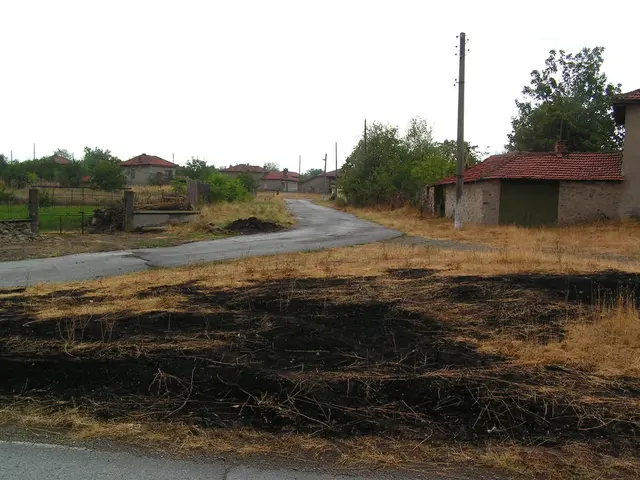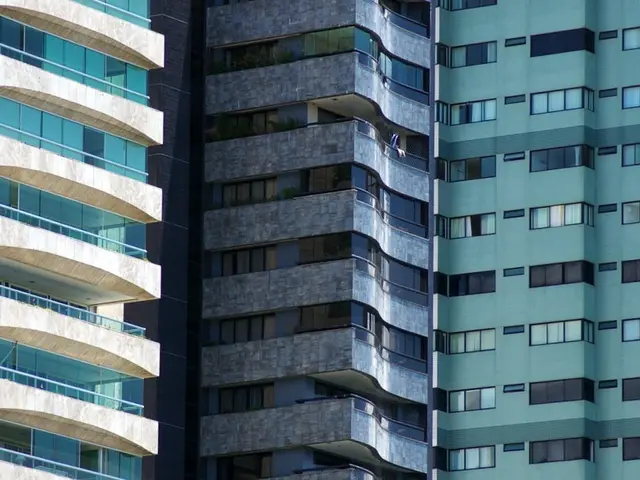Southeast Asia's Energy Shift: Eight Nations Aim for Net-Zero by 2050
Southeast Asia's energy landscape is shifting. Eight out of ten ASEAN nations have committed to net-zero emissions, with Singapore, Brunei, and Vietnam aiming to achieve this by 2050. The region's vast renewable potential, estimated at 20TW for solar and wind alone, could significantly contribute to meeting the surging demand and bolster energy security.
The region's electricity consumption is booming, growing by over 7% in 2024, nearly double the global average, and projected to double again by 2050. This rapid increase, coupled with heavy reliance on imported fuels, leaves many countries vulnerable to global market volatility and supply disruptions. However, regional initiatives like the ASEAN Vision 2045 and the upcoming renewal of the ASEAN Plan of Action for Energy Cooperation support clean energy deployment.
Integrating variable renewable energy sources poses manageable challenges. Proven low-cost measures can enhance flexibility in existing power plants, improve forecasting, and modernise grid infrastructure. These steps can be taken without major system overhauls, making a clean energy transition feasible and beneficial for the region's energy security.
With a fraction of its untapped renewable potential, Southeast Asia can significantly contribute to meeting its soaring demand and enhancing energy security. Regional policies, such as competitive auctions and direct power purchase agreements, are fostering renewable adoption. As eight ASEAN nations commit to net-zero emissions, harnessing the region's vast renewable resources becomes not just an opportunity, but a necessity.
Read also:
- Thieves Steal Unique Sculptures from Redwood National Park's Grove of Titans
- Thessaly's Climate Plan Stalls Two Years After Storm Daniel Devastation
- Republicans advocate Trump's domestic policy plans in Iowa, though some business owners remain skeptic
- Typhoon Matmo Batters Vietnam, PM Urges Vigilance as Heavy Rain Continues







